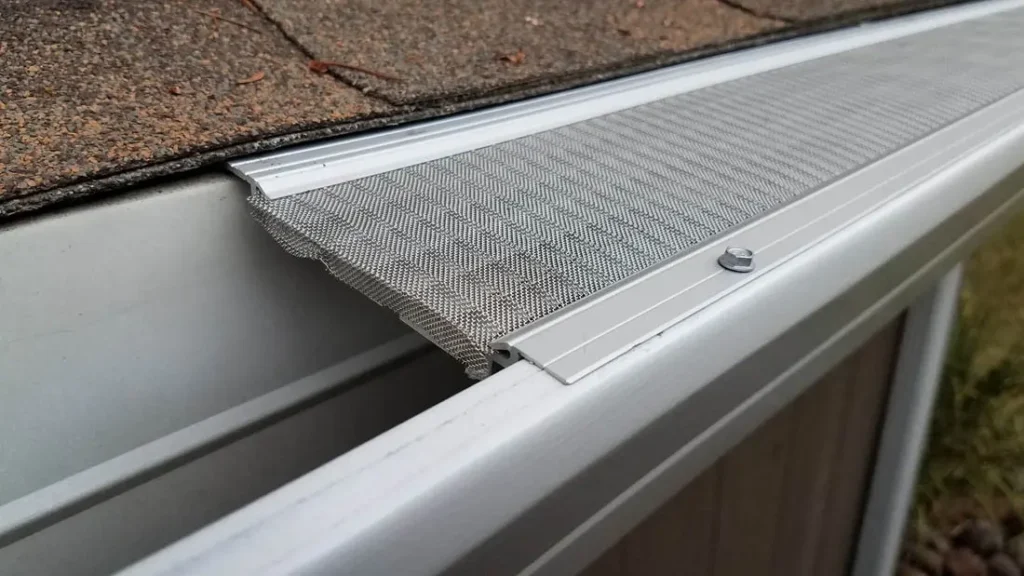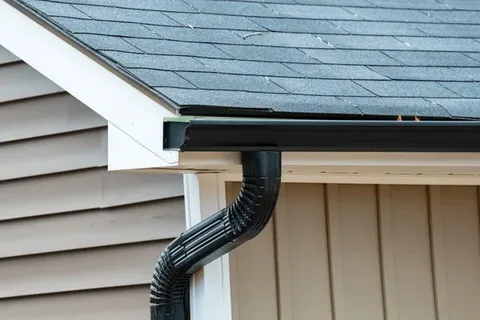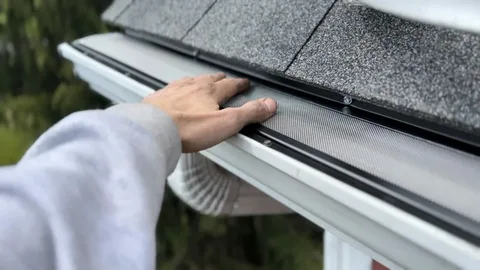Introduction
Gutter guards are known as a maintenance-free option for clogged gutters, and while they can limit debris buildup, they can also cause problems, especially during and after installation. Homeowners expect a “set-it and forget-it” solution and are disappointed when their gutters develop issues due to poor fit, wrong material, or poor workmanship. Before investing in a gutter protection system, it is important to understand what problems can occur during installation and how they can affect the performance, safety, and maintenance of your gutter. Let’s explore the issues so that you can make an informed decision.
Gutter Guards May Fail If Installation Goes Wrong
Gutter guards are a great way to prevent debris from piling up in our gutters. However, if they are not properly installed, they can present some problems. Proper installation methods are important to consider, not only for optimal performance but also for longevity.
To gain more insight, we are going to take a look at the following possible issues with the installation of gutter guards:
-
Improper Alignment with the Roofline
If the gutter guard isn’t sloped appropriately to match your roof’s slope, rainwater may not flow into the gutter as planned and simply run over the edge of the gutter guard, defeating the whole purpose of having a guard in the first place.
-
Improper Attachment Methods
Gutter guards should be installed with weatherproof screws or clips. Gutter guards could loosen or come off over time if installed with poor-quality fasteners or adhesive in high wind or heavy rain conditions.
-
Clashing with Existing Roofing Materials
Some guard types can lift or wedge under shingles and break the seal of the roof, which could cause water penetration, leaks, or even a roof warranty violation, especially if the roofing system is protected by the manufacturer.
-
Incompatible Guard Type for Gutter Design
Not all gutter guards will fit all gutters. For example, if you install reverse-curve guards on a narrow gutter, box gutter environmental design conditions may cause some drainage issues.
-
Lack of Slope Consideration
Gutter guards do the best job if they follow the natural pitch of the roof so that debris can slide off. If you install the guards flat or up against the slope of the roof, leaves and twigs are likely to stick to the grid and block the perforations in the gutter guards.
Post-Installation Problems That Homeowners Should Watch For
Gutter guards may provide ease of maintenance for your gutters; however, installation of gutter guards can cause major challenges. Knowing the possible problems is important to ensure the performance and longevity of your gutter protection system.
To fully appreciate the importance of proper gutter installation, let’s delve into specific issues that can arise:
| Watch out for improper gutter guard installation! | |
| Water Overflow Despite Guard Presence | Improperly fitted gutter guard systems can result in surface water overflowing. |
| Sagging or Detachment Over Time | Poor-quality guards or gutter installation techniques can lead to sagging in the gutter guard. |
| Difficulty Accessing Gutters for Cleaning or Repair | Difficulty Accessing Gutters for Cleaning or Repair |
| Trapped Moisture Leading to Rust or Mold | Trapped moisture leading to rust or mold in the fascia boards. |
| Voided Warranty Due to Faulty Installation | Certified professionals must install gutter guards because DIY work can void warranties. |
Conclusion
Gutter guards can be useful if they are installed correctly. Installation is not as simple as getting a guard and setting it on your gutter; it consists of getting the right type for your system, making sure it has the proper slope, and using quality materials. If you install the wrong kind of guard, using the wrong materials, and/or if is slope is incorrect, you may cause more issues than it will solve, which could cost you money in repair issues and provide ongoing maintenance issues too. With this in mind, it is important to choose the right type of guard and the right professional to install it for you. By choosing a professional, experienced installer, you may avoid unexpected costs and further gutter installation repairs from water damage.
FAQs
Is gutter installation possible with DIY methods?
Yes, gutter installation is possible, but it is highly recommended to hire a professional.
Why is water still overflowing after installing guards?
It happens due to poor alignment or a guard type not suited for your gutter installation system.
Do gutter guards eliminate the need for cleaning?
Not completely, they reduce large debris, but timely maintenance is still necessary for gutter installation.




